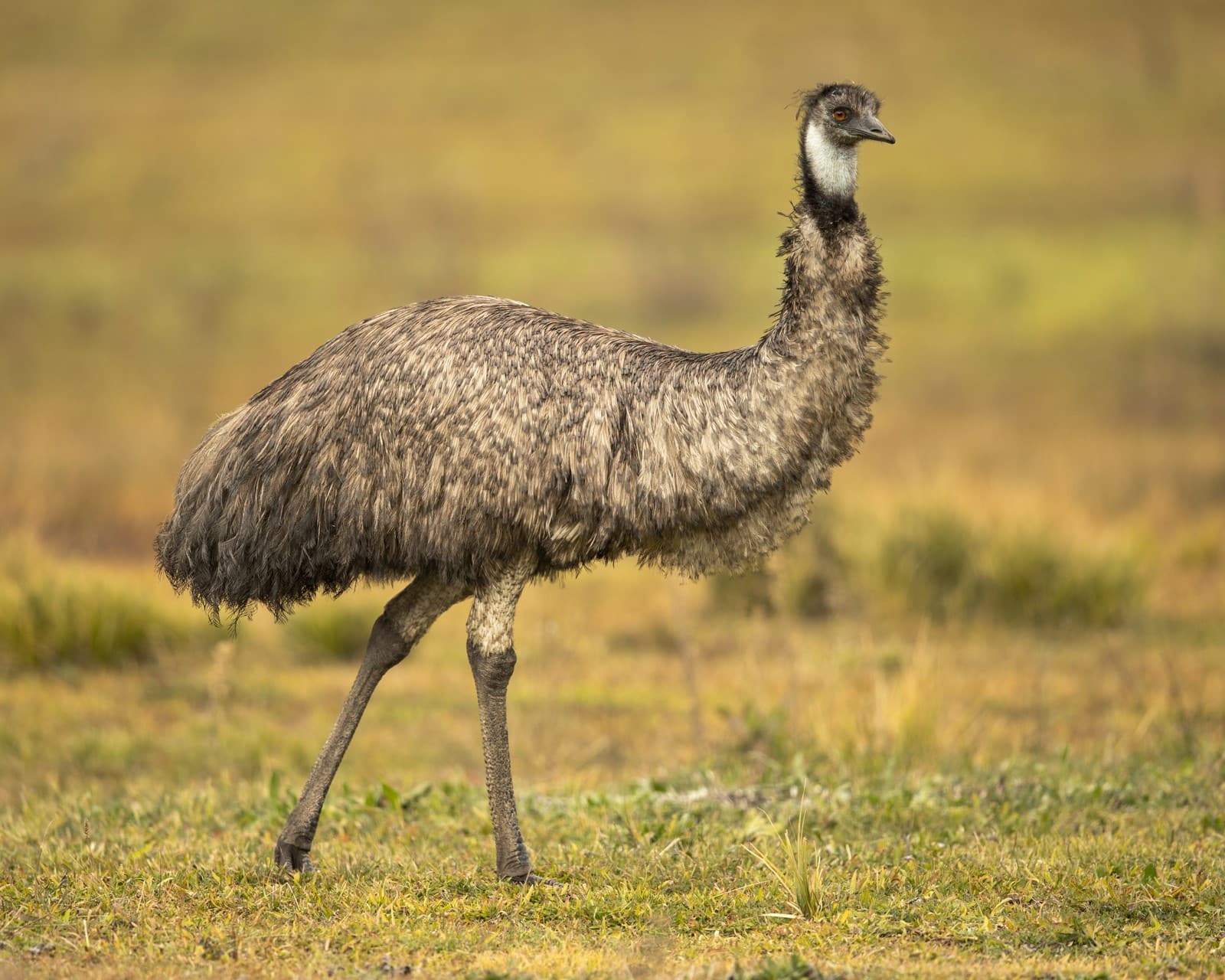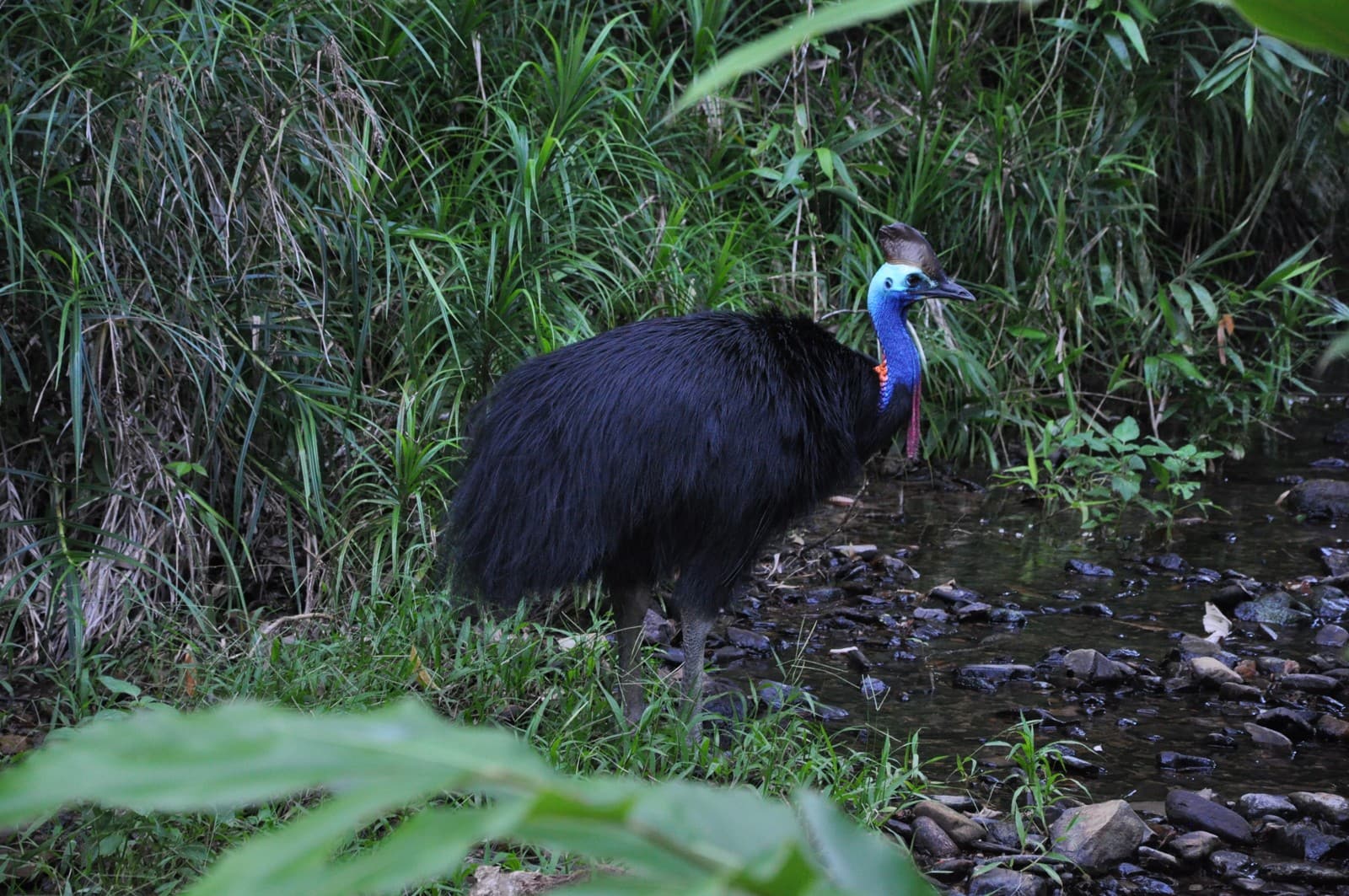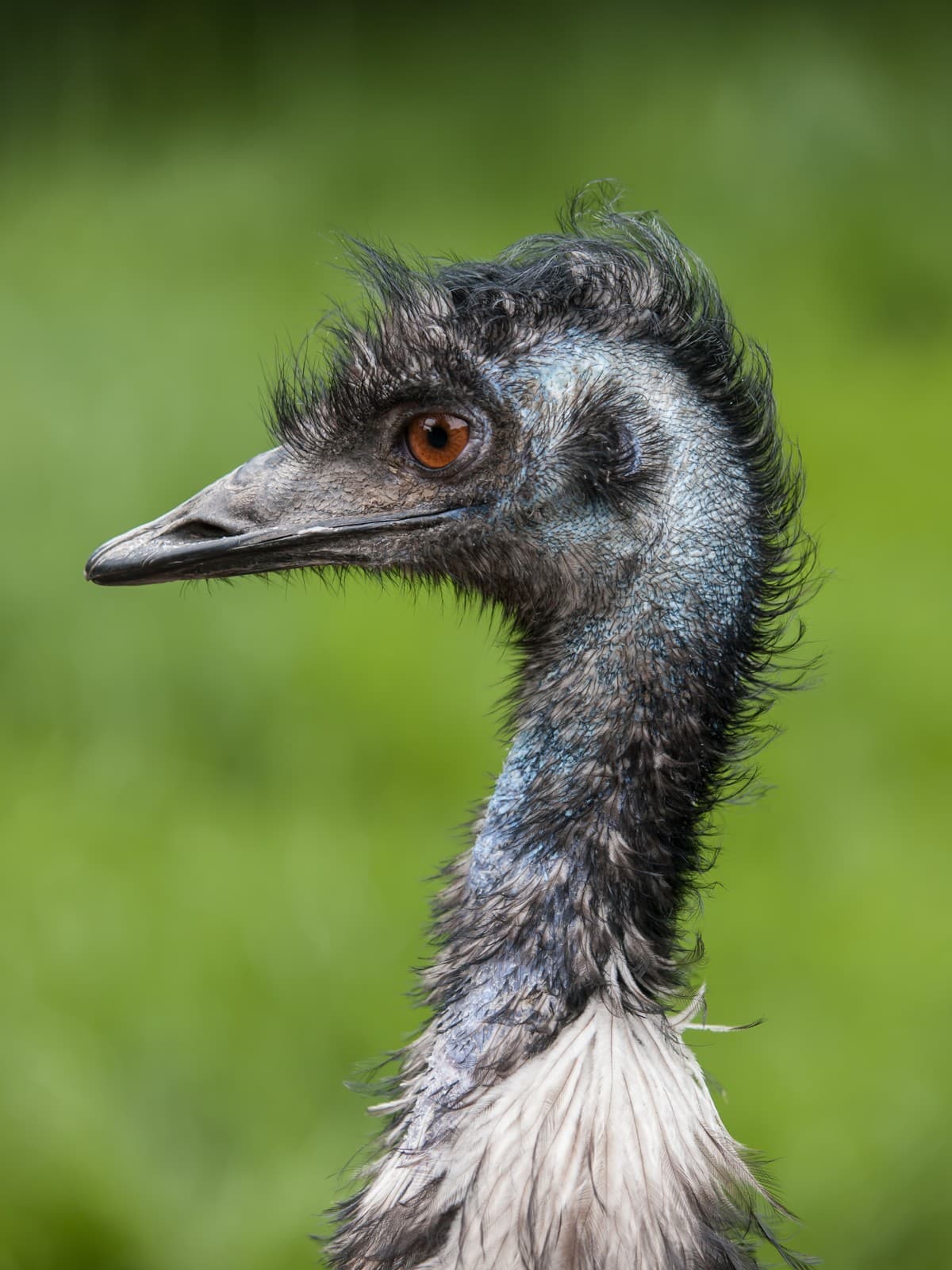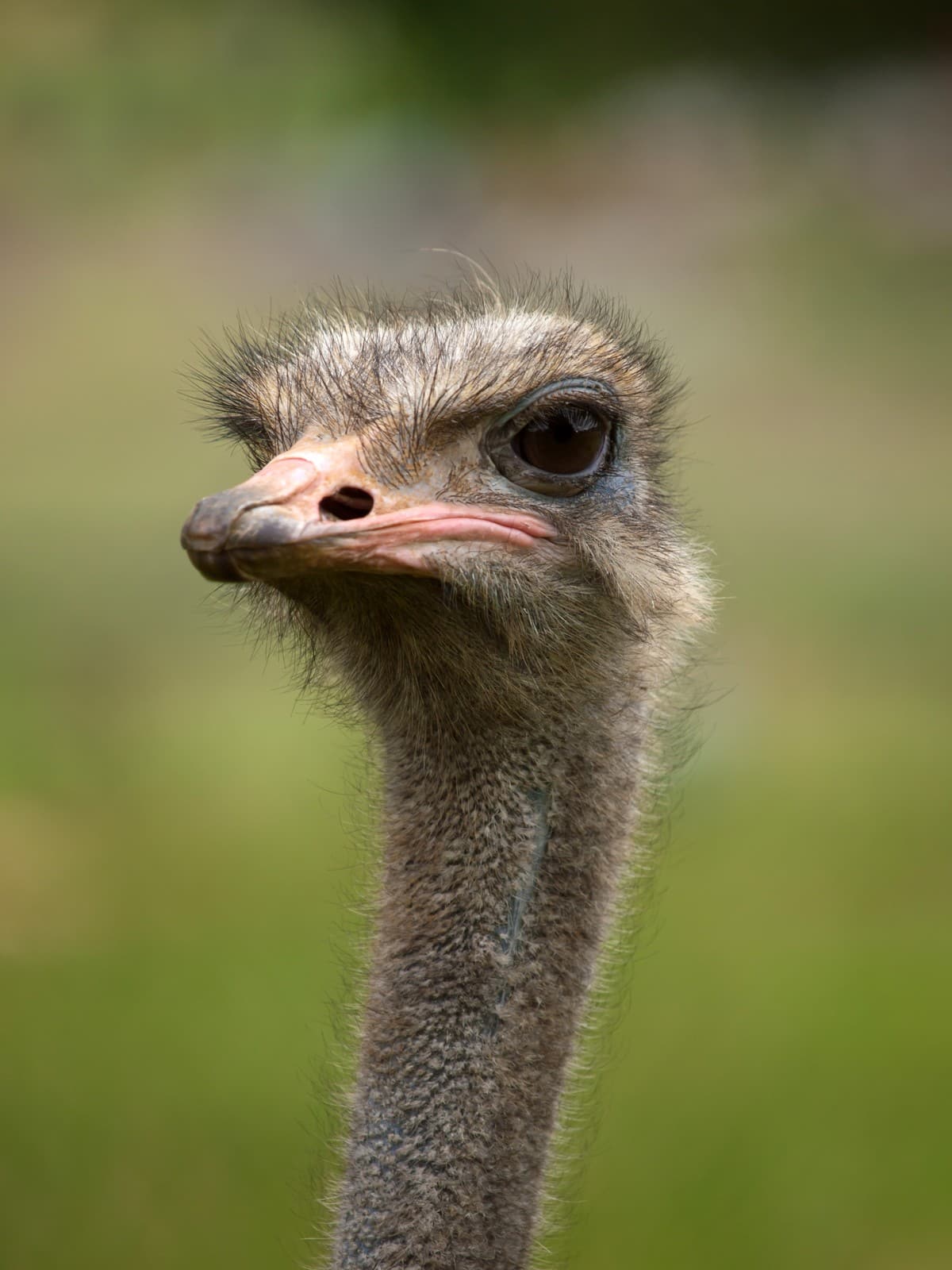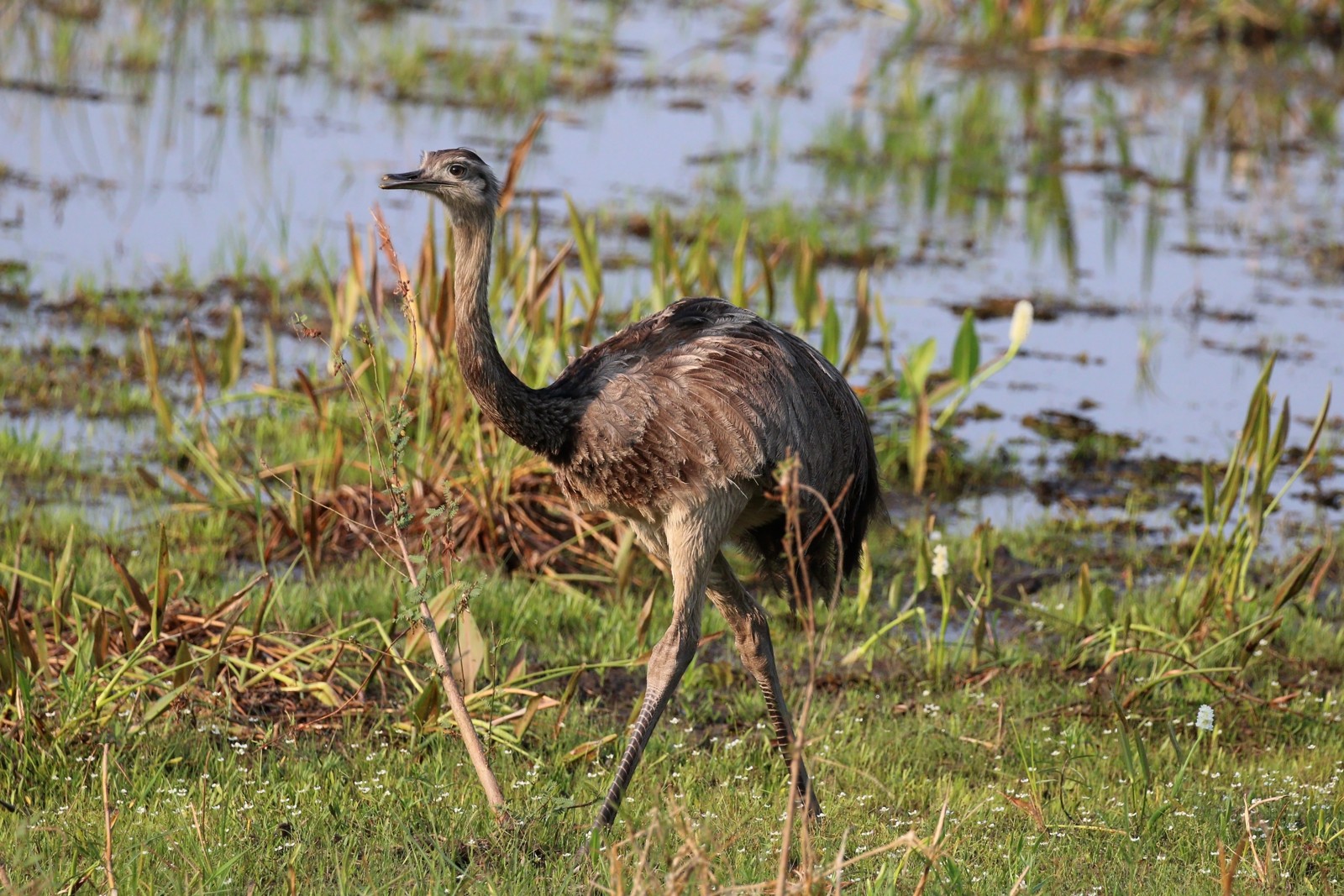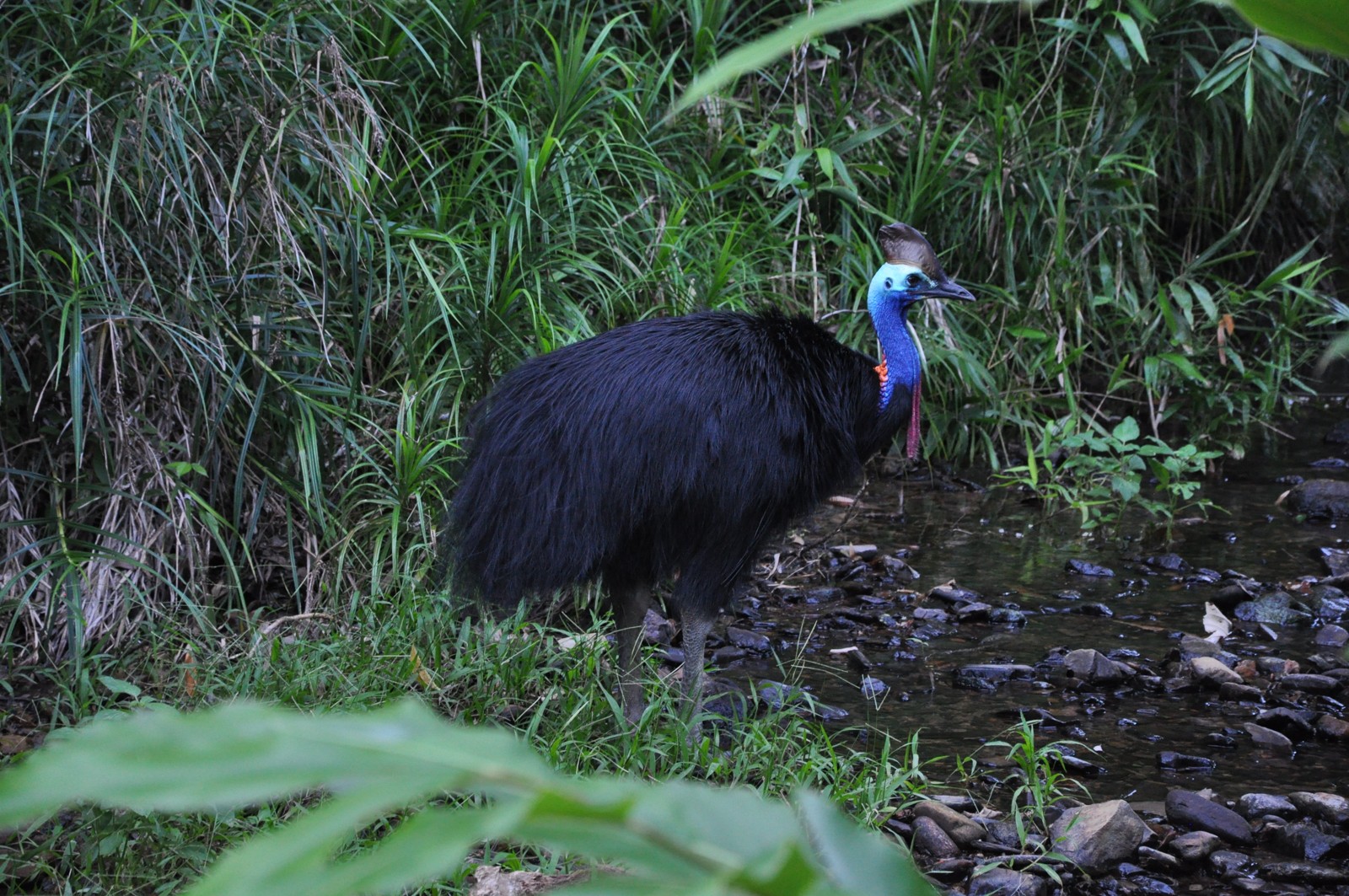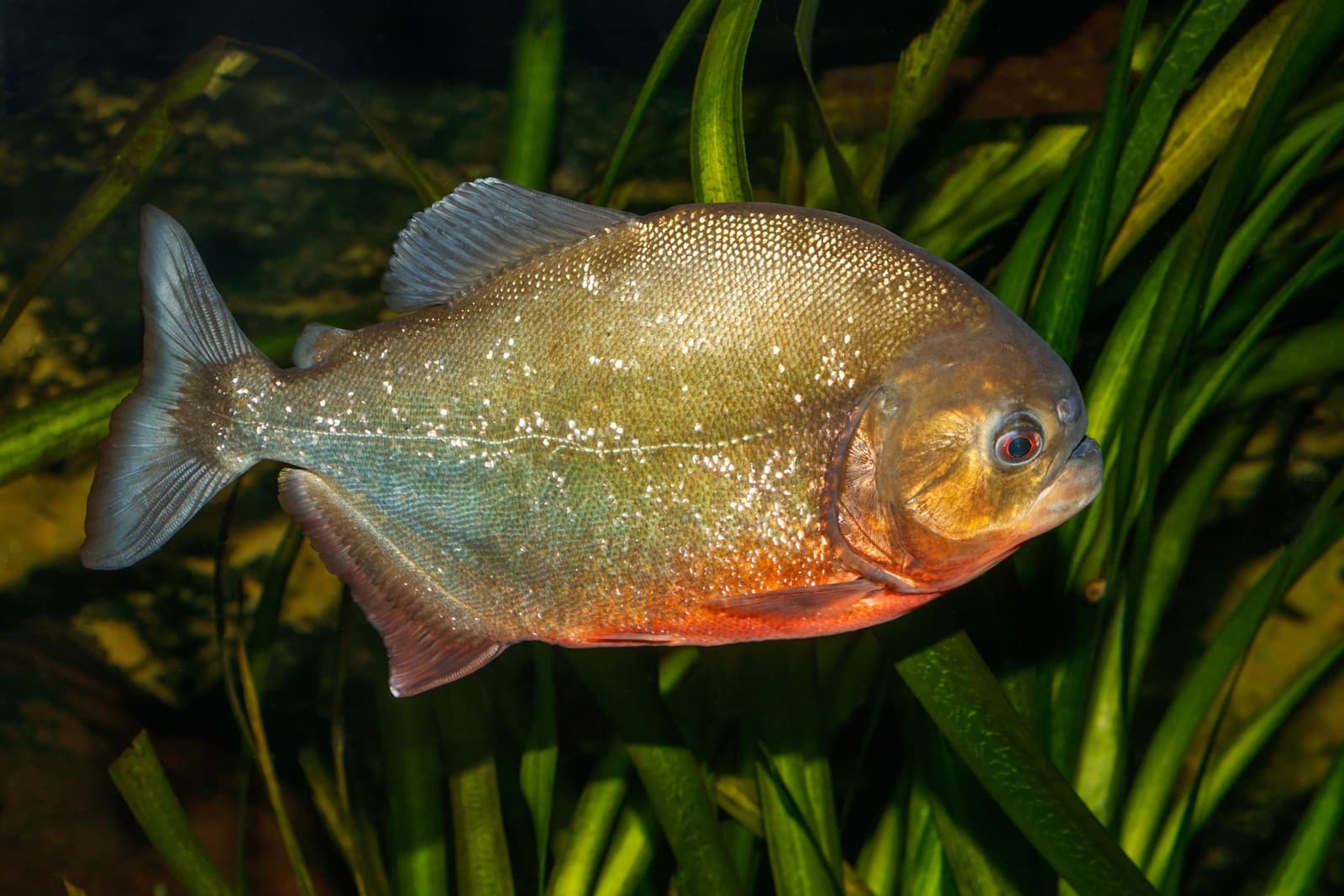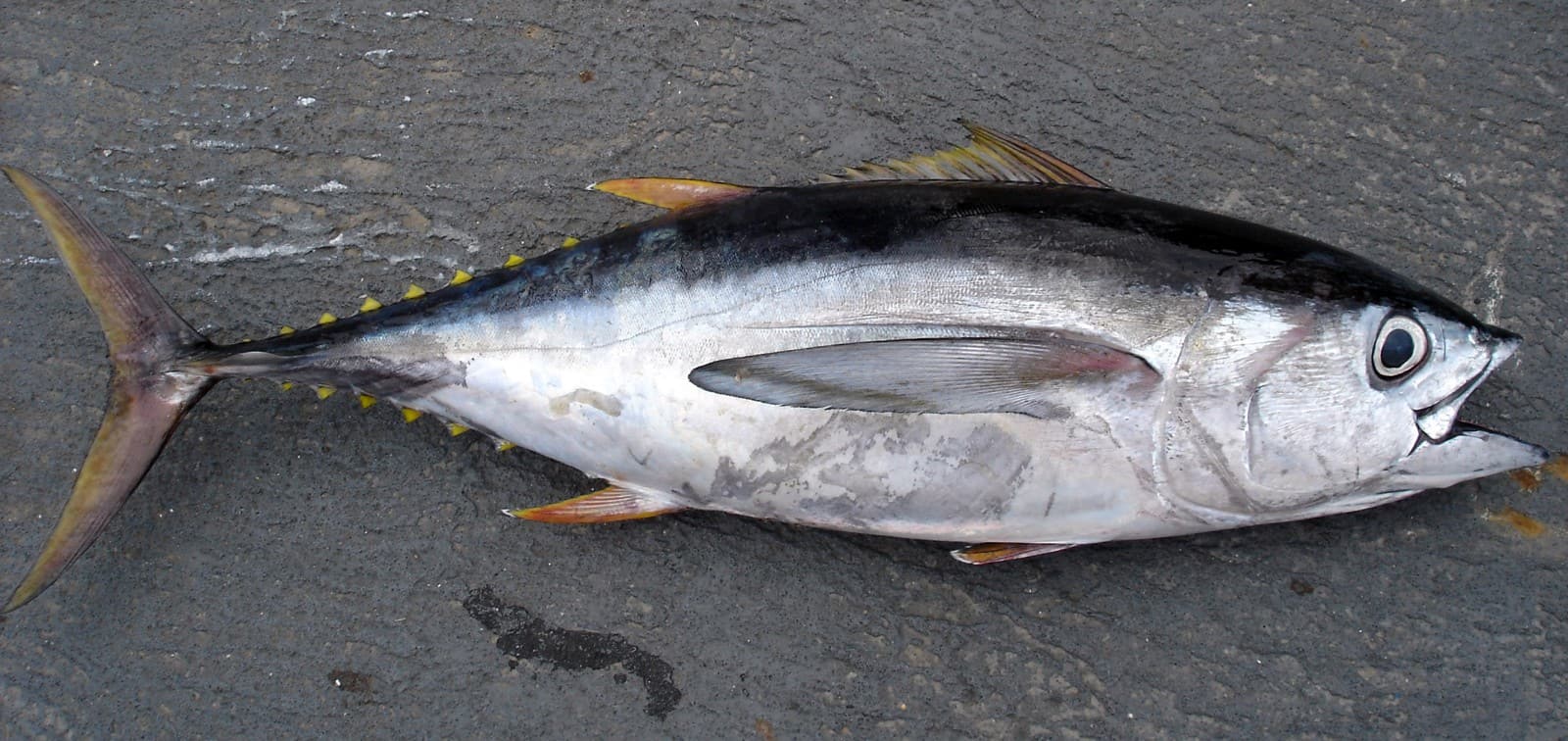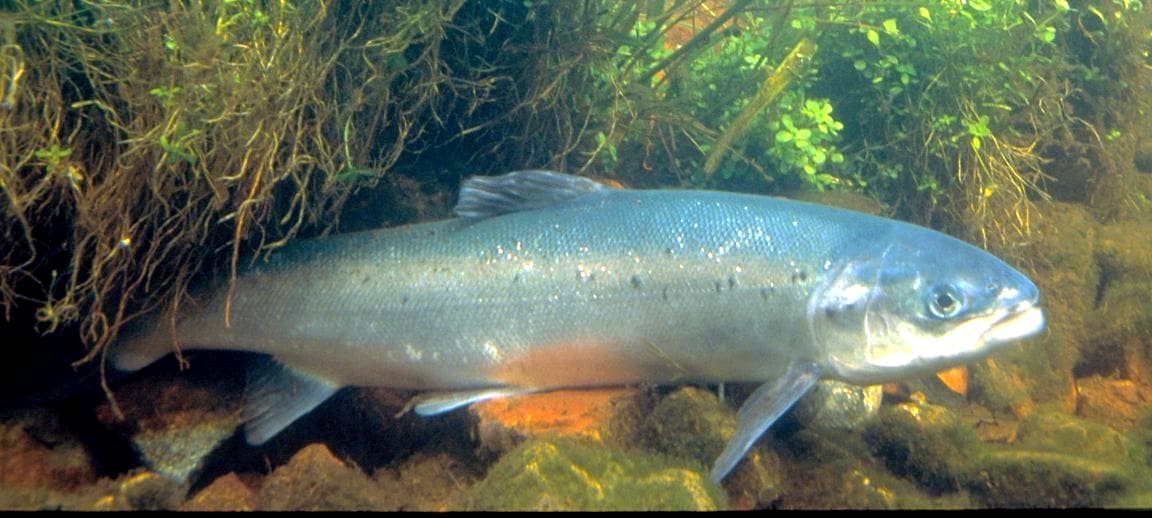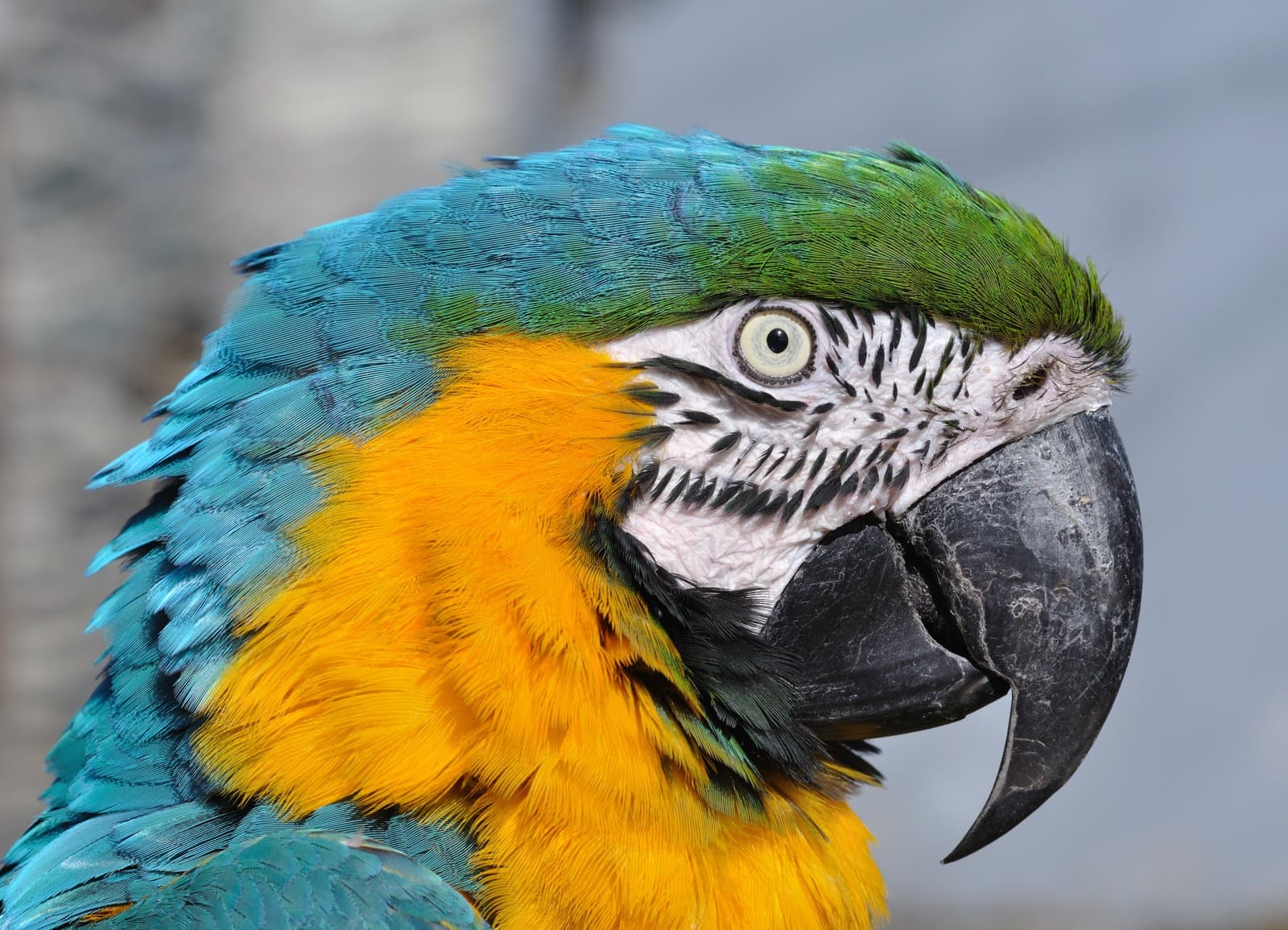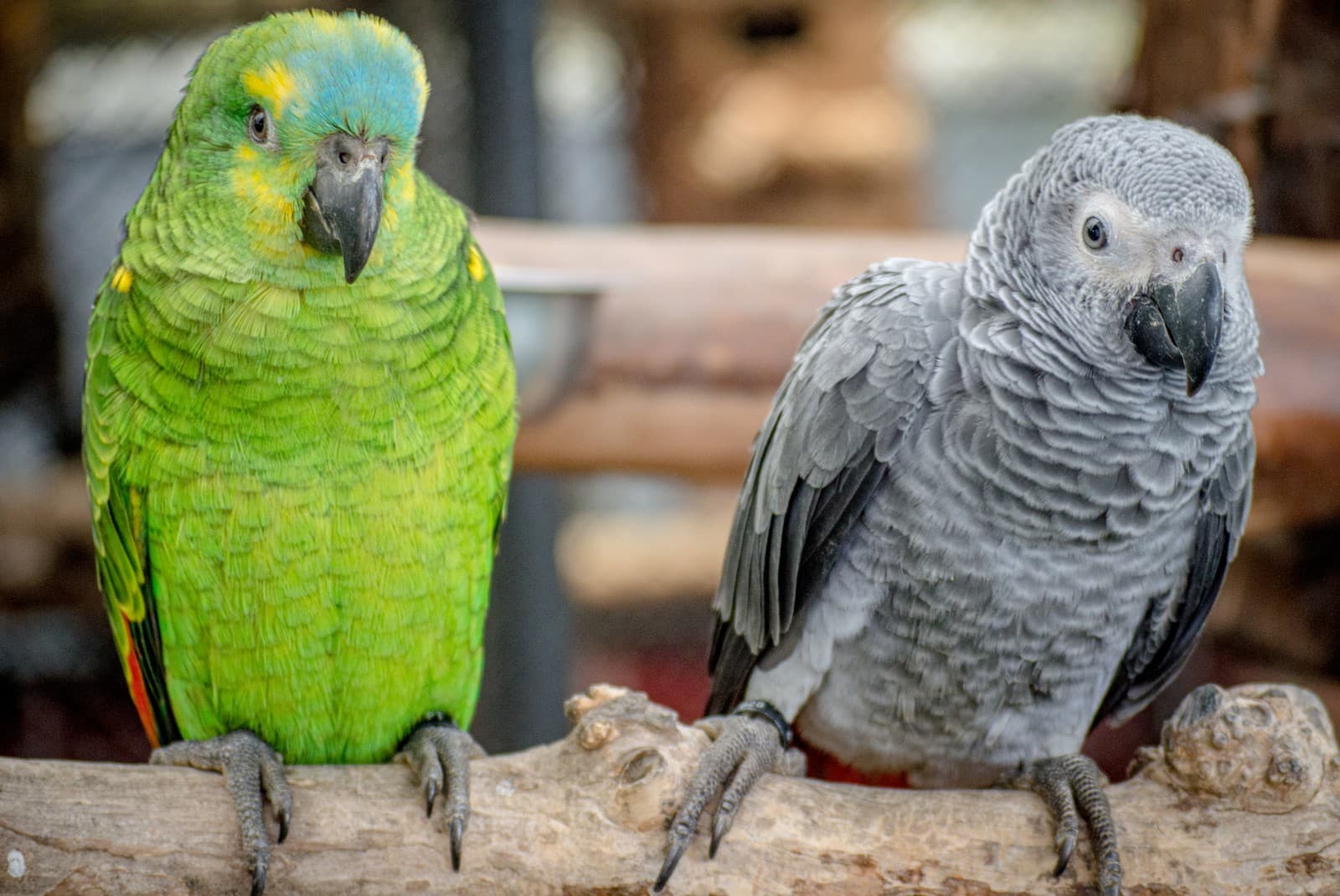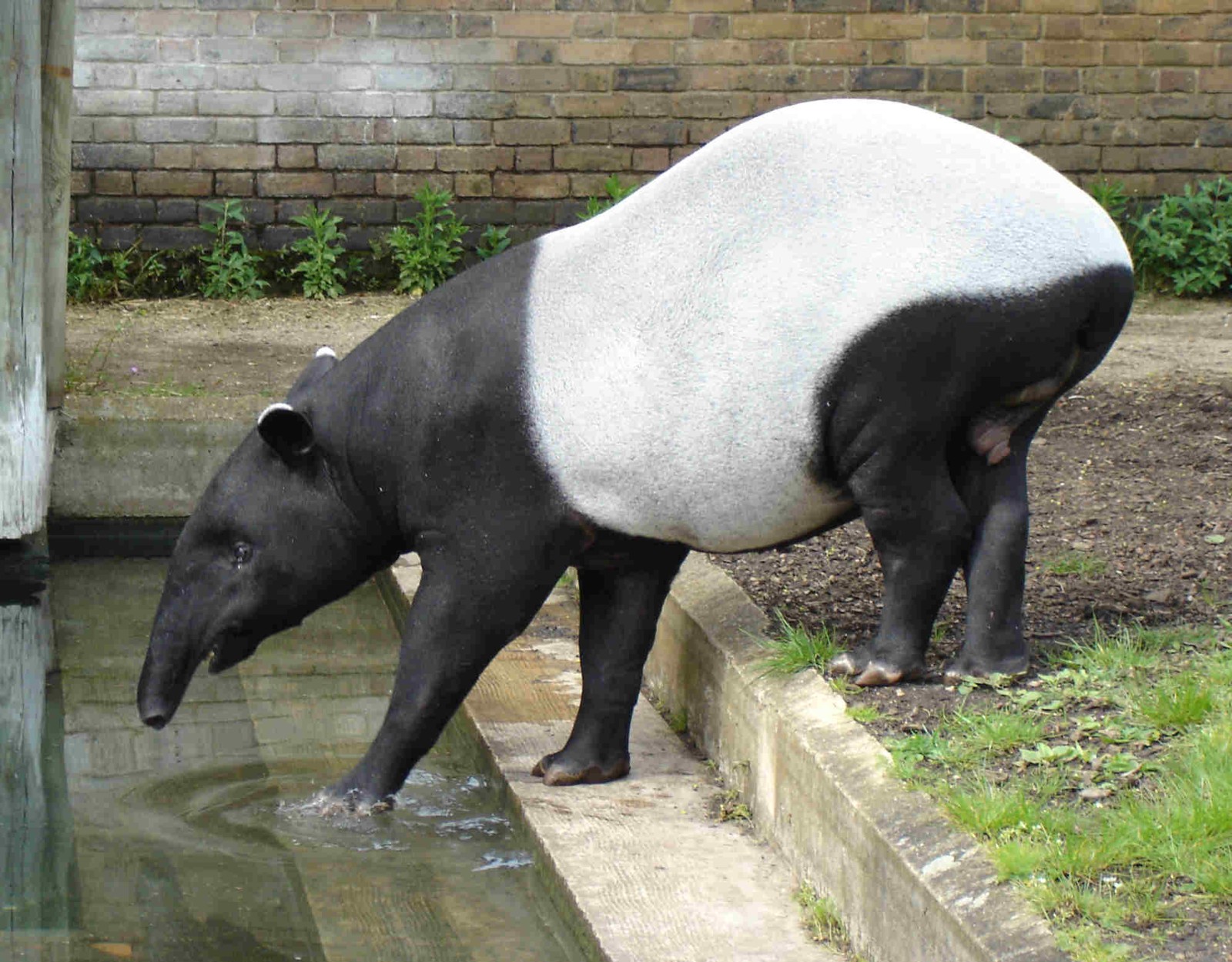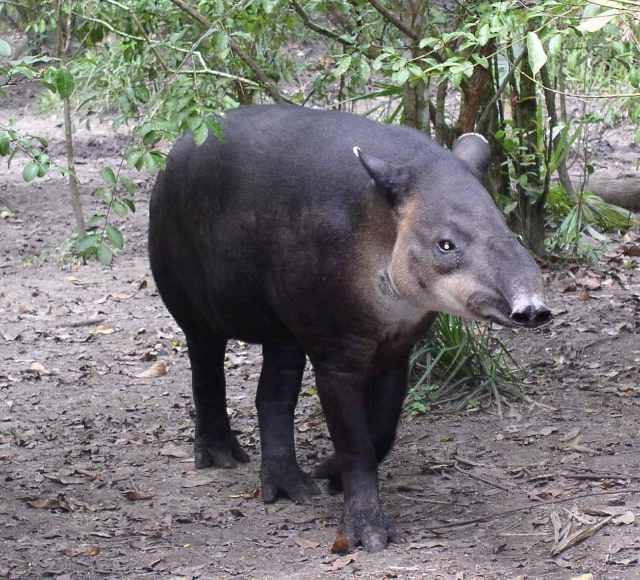Emu vs Rhea: A Complete Comparison
When comparing the Emu vs Rhea, we’re examining two of the world’s most remarkable flightless birds, each adapted to life in distinct hemispheres. While both belong to the ratite family, these impressive birds have evolved unique characteristics shaped by their separate continents. The Australian Emu stands taller at 6.2 feet (1.9 meters), while the South American Rhea typically reaches 5.5 feet (1.7 meters) in height.
These ancient avian giants share common ancestry but have developed distinct features over millions of years. From their feeding habits to their reproductive strategies, understanding their differences offers fascinating insights into convergent evolution across continents.
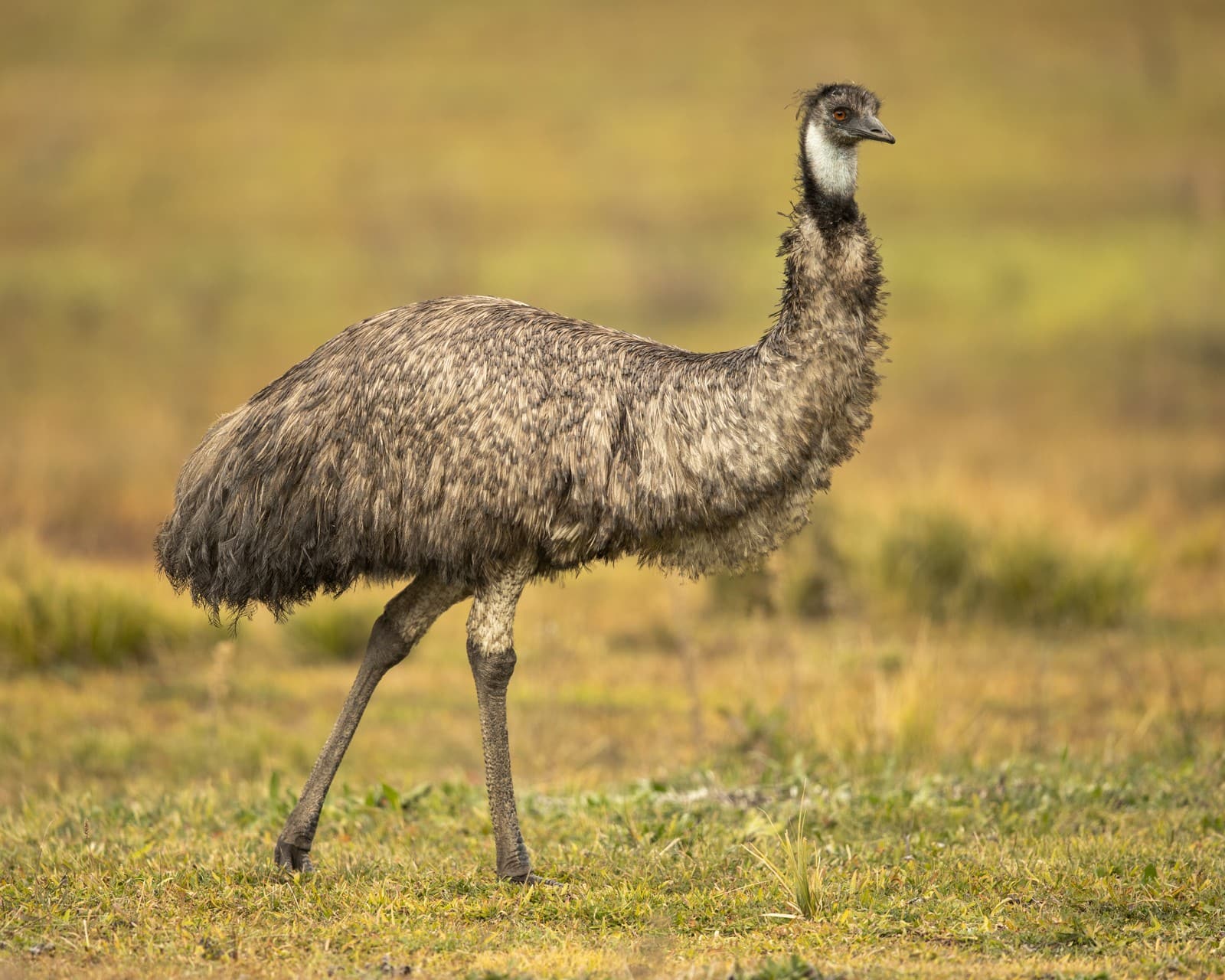
© JJ Harrison (https://www.jjharrison.com.au/) / CC BY-SA 4.0
The Emu, Australia’s iconic ratite, displays distinctive shaggy plumage perfectly adapted for harsh outback conditions. Its powerful legs and robust build enable speeds up to 31 mph (50 km/h) across arid terrains.
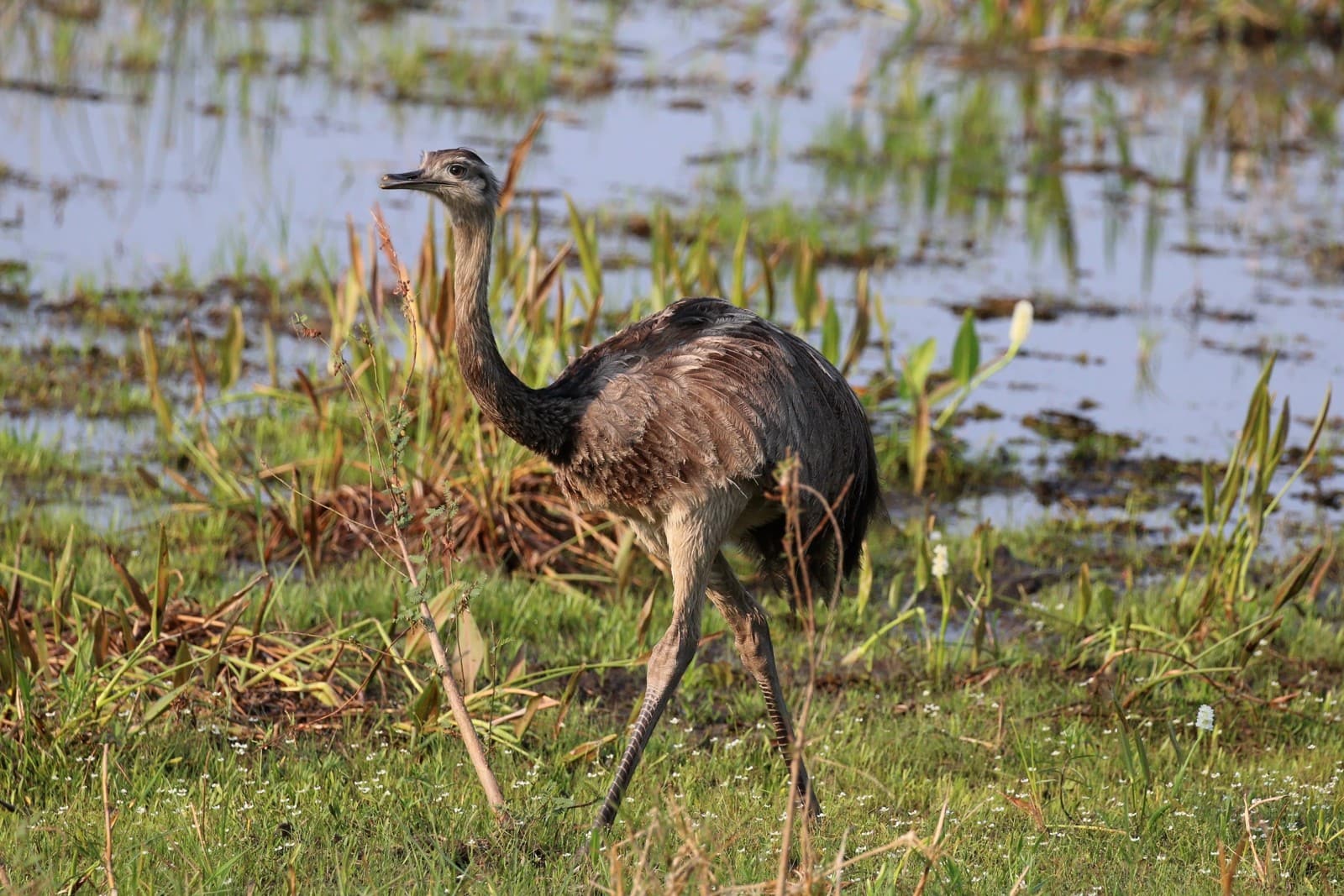
© Charles J. Sharp / CC BY-SA 4.0
The Greater Rhea, South America’s largest bird, exhibits more subtle gray-brown plumage suited to grassland camouflage. Its three-toed feet and distinctive running gait allow it to navigate varied terrain effortlessly.
Key Physical Differences: Emu vs Rhea
| Feature | Emu | Rhea |
|---|---|---|
| Height | 5.2-6.2 ft (1.6-1.9 m) | 4.3-5.5 ft (1.3-1.7 m) |
| Weight | 66-121 lbs (30-55 kg) | 44-88 lbs (20-40 kg) |
| Top Speed | 31 mph (50 km/h) | 35 mph (56 km/h) |
| Toe Count | Three toes | Three toes |
| Plumage | Shaggy, double-plumed | Smoother, more uniform |
| Neck Feathers | Exposed blue skin | Fully feathered |
Habitat and Distribution
The Emu thrives across Australia’s diverse landscapes, from coastal regions to the arid interior. These adaptable birds navigate temperatures ranging from freezing to over 113°F (45°C). Rheas, meanwhile, inhabit South America’s vast grasslands, from Brazil’s cerrado to Argentina’s pampas, preferring open areas with scattered vegetation.
Behavioral Differences
Parental Care
In a fascinating role reversal, male Emus handle all incubation and chick-rearing duties, fasting for up to 8 weeks while protecting their eggs. Rhea males demonstrate even more remarkable paternal care, gathering eggs from multiple females into a single nest and raising up to 50 chicks simultaneously.
Social Structure
Emus typically maintain loose social bonds, often traveling in pairs or small groups. Rheas display more complex social behaviors, forming flocks of 20-30 birds during non-breeding seasons, with clear hierarchical structures.
Diet and Feeding Habits
Both species are omnivorous but show distinct dietary preferences:
-
Emu Diet:
- Native fruits and seeds
- Insects and small vertebrates
- Capable of going weeks without eating
-
Rhea Diet:
- Broad-leaved plants
- Agricultural crops
- Small reptiles and rodents
Conservation Status and Threats
While neither species faces immediate extinction risk, both encounter modern challenges:
- Emu Population: Stable at 625,000-725,000
- Rhea Population: Declining, estimated at 220,000-440,000
Primary threats include:
- Habitat fragmentation
- Agricultural expansion
- Human-wildlife conflict
Who Would Win in a Confrontation?
While such encounters would never occur naturally, comparing defensive capabilities reveals:
- Emus possess stronger legs and sharper claws
- Rheas demonstrate greater agility and speed
- Both species typically avoid confrontation, preferring flight over fight
The Emu’s size advantage (20% larger) and more powerful kick would likely give it an edge in any theoretical confrontation, though such speculation remains purely academic.
Economic and Cultural Significance
Both birds have played important roles in their respective regions:
- Emu farming produces oil, leather, and meat
- Rhea feathers are prized for traditional crafts
- Both species feature prominently in indigenous cultures
Understanding the distinctions between Emus and Rheas provides valuable insights into parallel evolution and the remarkable adaptability of ratites across different continents. While sharing common ancestry, each species has developed unique characteristics perfectly suited to their respective environments.
